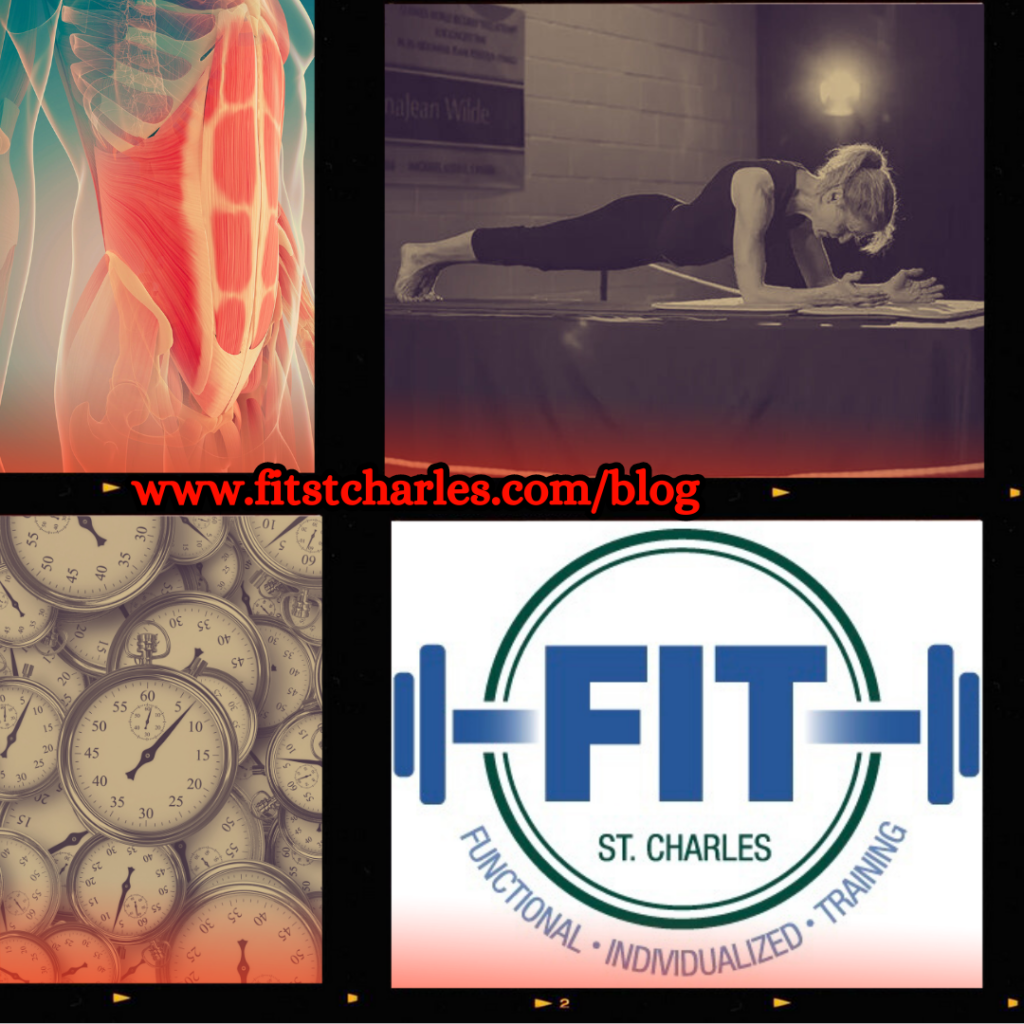
What does it take to hold a plank for 4 hours, 30 minutes, and 11 seconds? DonnaJean Wilde, grandmother to 12 and new world record holder for longest plank performed by a woman, knows EXACTLY what it takes. At 58 years old, she beat the previous record holder, Dana Glowacka, who held her plank for 4 hours, 19 min., and 56 seconds (which is also super impressive, we see you, Dana!) on April 9th, 2024.
Wilde’s planking journey didn’t start how you might expect. Twelve years ago, she broke her wrist and was forced to wear a cast. Instead of letting that halt her fitness journey, she began to try exercises she could do with her cast on, and forearm planks were one of them. She told People magazine that she realized she could read while he was performing a plank, and she just fell in love with them. So, even after her injury healed, she continued performing planks as a part of her exercise routine, increasing the duration over the years. How did she get ready before the world record? She held a plank for 5-6 hours daily, split into 2-3 hour chunks. Wilde reports that the first two hours of the record-breaking plank was “easy,” but in the last half hour, she only focused on “breathing, staying calm, and not shaking.”
Wilde’s advice to anyone who wants to add planks to their workout routine? “Keep trying and keep practicing. When you have to read or work on your computer, just get on the floor and do it on the floor.” Let’s face it, though: most people aren’t going to hold a plank for long enough to read a book or work on the computer, but the advice about just getting down on the floor and doing it is something we can get behind! Planks are a great addition to your exercise routine, and they pack a ton of benefits into one isometric movement.
According to the Cleveland Clinic, planks offer an array of benefits. You can do them anywhere and offer a mental health boost (as does all exercise!). On top of that, they help protect your back by bracing your core muscles. Core muscles are important for stability and can even help improve your posture. Plus, a stronger core means you are less likely to sustain an injury from other types of exercise, like lifting weights. Basic forearm planks work your whole core: rectus abdominis (referred to as “abs”), obliques (which run along the side of your abdomen), and transversus abdominis (a deep abdominal muscle that wraps around your sides and spine). They also activate your glutes, hamstrings, and lower back. Plus, there are TONS of variations that can target almost any muscle group in your body! Star slow with three sets of thirty seconds if you can, less if you can’t. Try to incorporate planks into your workouts a few times a week, and increase your hold time by about five to ten seconds when you are ready!
The takeaways here, we think, are that 1) injury doesn’t always have to mean that you have setbacks in your training. Sometimes, you just need to modify things while you heal, and you never know. It might lead you to find a new routine that you love! 2) You never know where your fitness journey will take you! And 3) age is just a number. As a bonus, 4) Planks are a great isometric exercise that is a great addition for most people on their fitness journey!
